Esoteric Teachings of Ripley’s Scrolls
Age of Enlightenment Mysticism within Christian Art Art, Symbols and Signs, Spirituality, Power of Mind, defaultEsoteric Christian art 17th century Ripley's Alchemy Scrolls
by Nataša Pantović
Respecting the knowledge of Alchemists, within this dynamic orphic, hermaphrodite Universe of consciousness manifestations, we now examine the mysticism within teachings of the 16th / 17th century Ripley’s Scrolls.
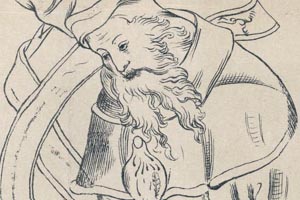
Royal College of Physicians of Edinburgh Ripley’s Alchemical Scrolls
Hermes Trismegistus and What is Alchemy?
At the top of the Ripley’s Scrolls, a large, robed, bearded figure greets the researchers wishing to enter this magic dance of words and drawings. Identified as an Egyptian God of Healing Thoth or Hermes Trismegistus (thrice-greatest), the legendary figure of Alchemists, is the first one we meet holding an egg-shaped vase and observing seven alchemy processes, used in transformation of metals into gold.
Ancient Alchemy Exploration and George Ripley within Ripley’s Scrolls
George Ripley was a sovereign in Yorkshire living from 1415 to 1495, Poet, Alchemist and Author of The Compound of Alchemy. The Alchemist George Ripley was in a pursuit of the Philosophers' Stone.
Read More What is Lapis?
Check also Mysticism or Magic and 21st Century Spiritual Renaissance
Demystifying Magic When Eastern Aum meets Western Amen
Satisfying yours forever thirsty curiosity, this story travels through the channels of Cam, ascends the hills of Edinburgh and enters Oxford’s castles, exploring very rare Ripley’s Alchemical manuscripts that use both verses and images to portray ancient esoteric teachings.
For all the mystical researchers, apparently there are only 21 in total, 16 of these alchemical manuscripts are in the UK; inside the Libraries in London, Oxford and Cambridge.
Type A known as 'Hermes Trismegistus design' are MS 93 (late 16th century), MS 276 (16th century), MS 693 (c. 1600) in Oxford, Bodleian Library, Bodley Roll 1 (mid-15th century) is in Cambridge, Fitzwilliam Museum, MS HM 30313 (2nd half of the 16th century) is in New Haven (CT), Beinecke Rare Book and Manuscripts Library, MS 41 (c. 1570; late 16th century) is in Princeton (NJ), Princeton University Library, MS 52 (late 16th century), MS 32621 (16th century) and MS 692 (late 17th century) are in London, Welcome Institute, Ashmole Roll 40 (17th century) is in Edinburgh, Royal College of Physicians, MS 95003 (undated), The Sotheby Scroll was sold in December 2000 to a private buyer, untraced.
Type B, 'Reclining Monks Design' is in Oxford, Bodleian Library, Ashmole Roll 53 (c. 1600) and MS 5025 (late 16th-early 17th century) and Type C, 'Rose or Rosicrucian Design' is in London, British Library.
Four of these precious artifacts are in the US bought from London and if any of you wish to conduct any further research they are at Yale and Princeton University; Ashmole Roll 54 (mid-16th century) is in San Marino (CA), in Huntington Library, and Sloane MS 2523B (16th century) is in Los Angeles, at the Getty Center for History of Art and Humanities.
For the visual lovers, the Ripley’s scrolls we find today, are sized around 5m x 55cm, made of smaller squares, often printed and compiled much later than their originals, sometimes as late as 1800s, based on someone’s trusted memory and detailed description. The smallest Scroll measures 1.25m × 14cm, while the largest is in Cambridge, Fitzwilliam Museum, and it extends to 5.5m×60cm
They are for the first time printed in Germany in the eighteenth century, with text in Latin phrases, they contain poetry verses and images of the process involved in acquisition of the Philosophers' Stone.
Esoteric Christian Mysticism within Art
Dozens of alchemical drawings accompany Ripley’s poems "Verses upon the Elixir", "Boast of Mercury", "Mystery of Alchemists", "Liber Patris Sapientiae", "Exposition", "Wind and Water", "Richard Carpenter's work", "Trinity".
For today’s researchers, it is images that pass the message of our hermaphrodite Universe, of Kundalini awakening, of Life going forth seeking to materialize in all possible forms, of the sacred movement towards perfection.
Meditating on the images entering a journey of encountering various mythological creatures, we are shown a processes for the production of the philosopher's stone in pictorial cryptograms.
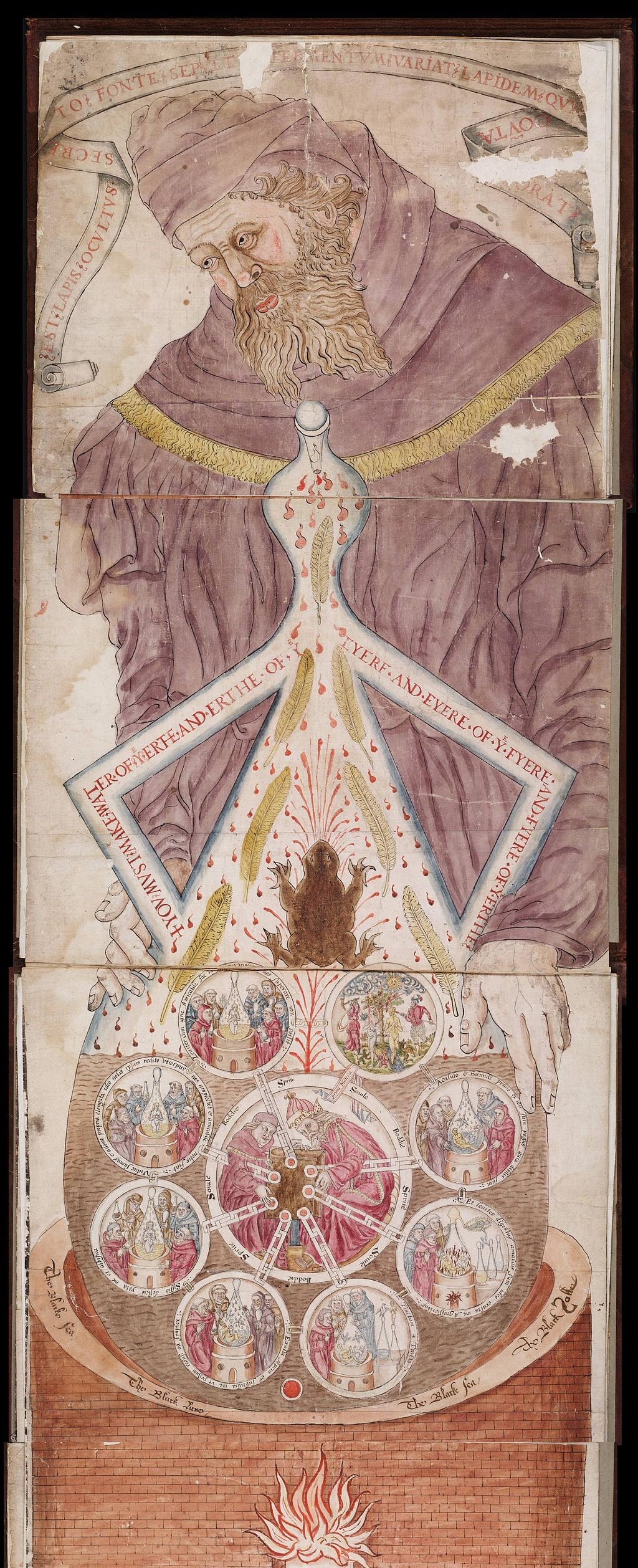
Figure I: Ripley Scroll (The Yale University version, one of 21 extant Ripley scrolls, section 1, with egg shaped vase and 7 stages of transformationby George Ripley [Public domain], via Wikimedia Commons
Meditating on images, with our knowledge of applied psychology and philosophy, emotionally receiving impressions of the 16th century artists, we hope to comprehend -
An egg shaped vase grey in color, possible of becoming any shape, color or form, full of sperm like tadpole released by a huge green frog presumably in water, as eggs that hatch and through its growth develop limbs and lungs undergoing the most amazing metamorphosis.
Eight of the mandalas, seven depicting alchemical experiments; while the eight is a Biblical scene of Adam and Eve and Tree of Knowledge.
In the center of eight circles are two men, a Pope and a King holding a large black book, most probably a Bible, to which the connecting bands are attached. Surrounded by a mandala repeating words “Soul” “Spirit” “Body”. Forming an inner and an outer circle. The line around the outer circle talks about “The Black Sea. The Black Luna. The Black Sol.”
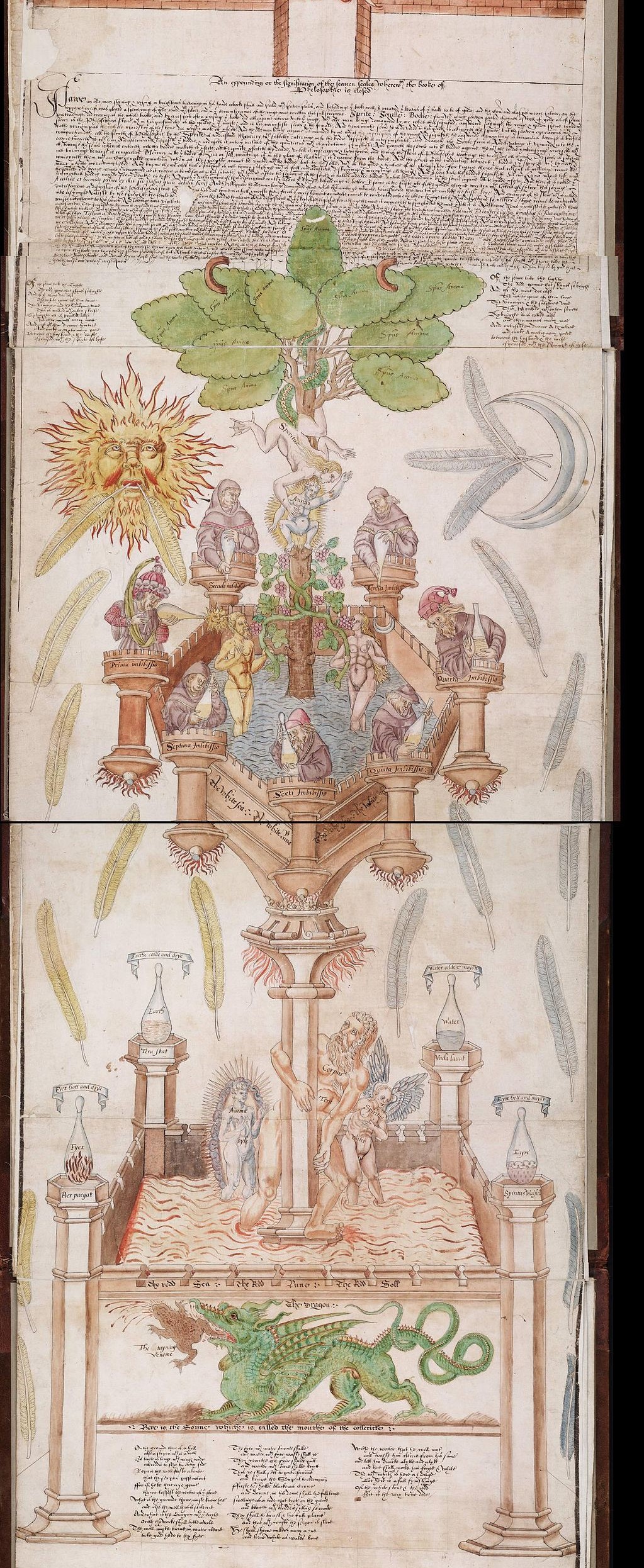
Figure II: Ripley Scroll (The Yale University version, one of 21 extant Ripley scrolls, section 2, Adam and Eve and Tree of Life, by George Ripley [Public domain], via Wikimedia Commons.
Esoteric Teachings of Adam and Eve
The scroll continues exploring the story of Adam and Eve, they stand in water surrounded by 7 alchemists with their transformational processes.
At the top of the tree of knowledge is a naked dragon tailed woman with “Speritu” encrypted on her, holding a child with “Anima” hanging from the branches caressing the naked boy; followed by Adam with a sign of Sun and Eve who worships Moon, standing beside the Tree of Knowledge, observed by the serpent and alchemists.
This scene is in the center of Sun and Moon, facing each other, each with feathers.
Tree of Life and Four Elements
The Tree is held by a strong Man with “Corpus” scripted who stands in the middle surrounded with an angel that is “Spiritus” and an enchained “Anima” (Soul). The man is in a fort with four corner stones: depicting 4 elements: Earth, Air, Fire and Water.
At the very foundation of the image is a dragon eating the frog.
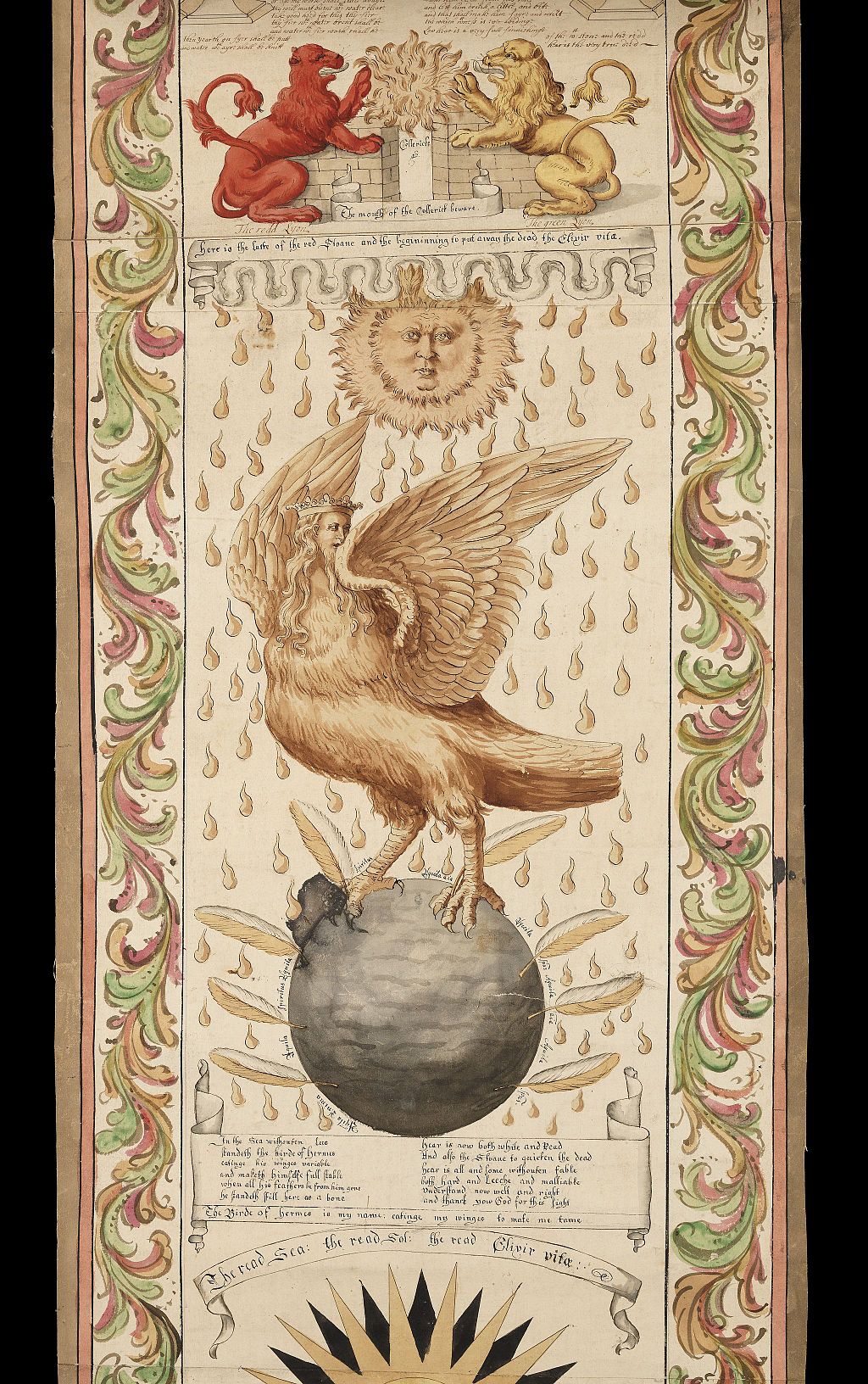
Figure III: Ripley Scroll (The Yale University version, one of 21 extant Ripley scrolls, section 3, by George Ripley [Public domain], via Wikimedia Commons.
Ripley’s words are “The Red Lune. The Spirit of Water. Red Sol. The Red Sea.”
Note the eagle has a man's head, and is crowned as a King. Above the eagle is a sun image. Between them drops of water.
Ripley’s poetry tells us of:
“The Red Lion. The Green Lion. The bird of Hermes.”
“The Red Sea. The Red Sol. The Red Elixir Vitae.”
“Red Stone. White Stone. Elixir Vitae. Luna in Crescent…”
“You must make Water of the Earth, and Earth of the Air, and Air of the Fire, and Fire of the Earth…”
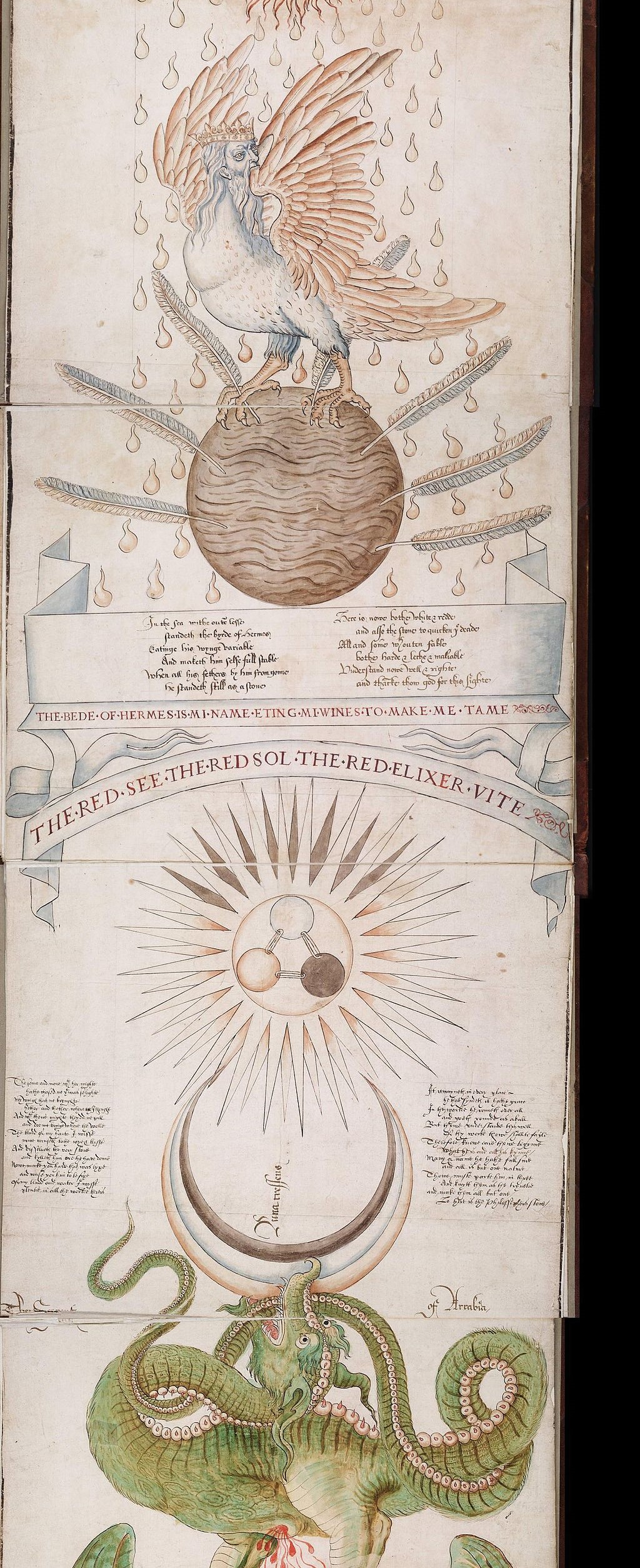
Figure IV: Ripley Scroll (The Yale University version, one of 21 extant Ripley scrolls, section 4, Sun and Moon, by George Ripley [Public domain], via Wikimedia Commons
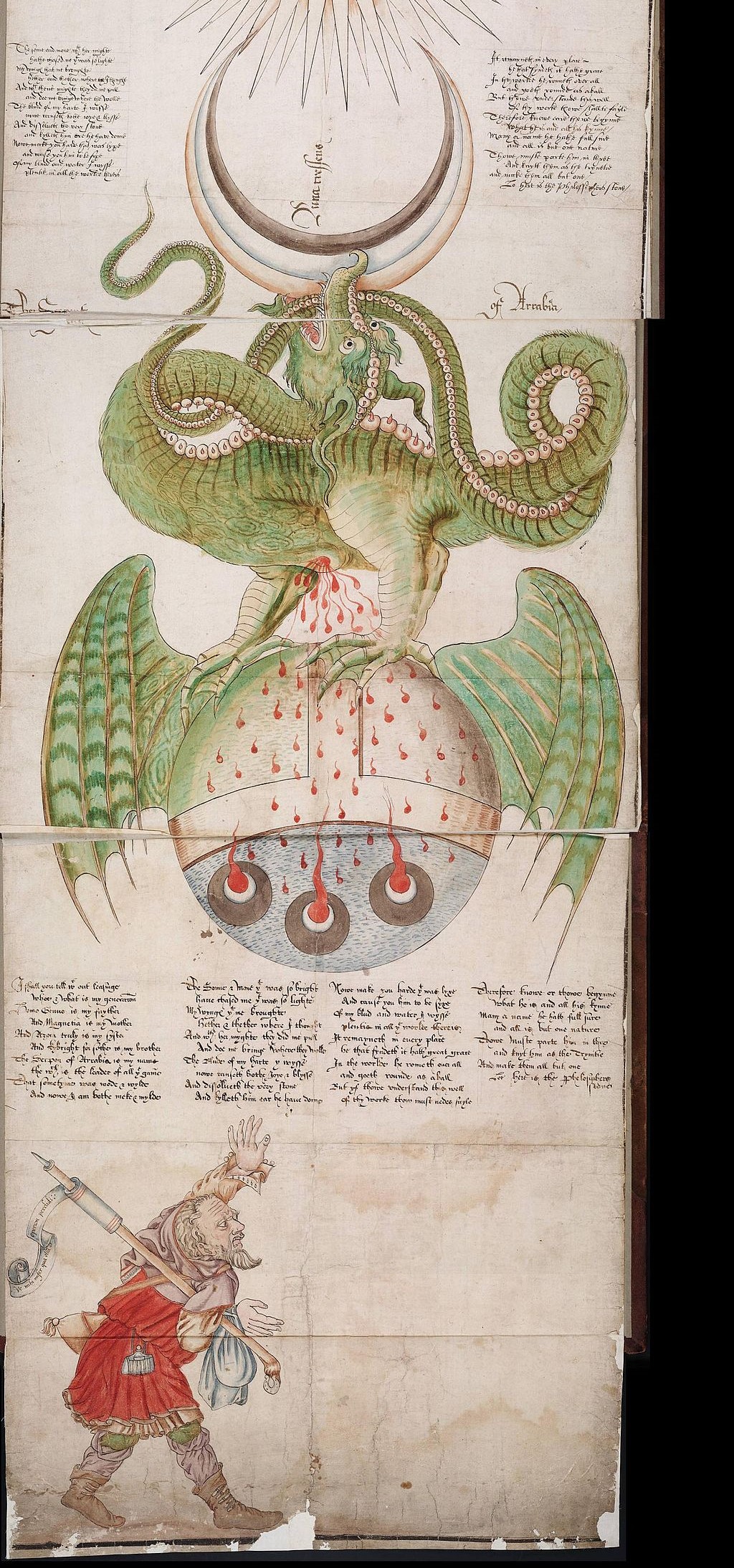
Figure V: Ripley Scroll (The Yale University version, one of 21 extant Ripley scrolls, section 5, Dragon biting its tail, by George Ripley [Public domain], via Wikimedia Commons
For why biting its own tail please check Ouroboros
Placing Ripley in time and space of the 15th century you will forgive him for the obscurity of his poetry, since he tried to depict the mystery of an alchemy process of transforming Metals to Gold, at the time when Alchemists were totally impressed by evolving chemistry, observing reactions of various elements to each other. The most amazing science of chemistry evolved while these researchers were in the midst of their various alchemical experiments.
Entries on this site with 'art'
- Nicolaus of Damascus
Sclaveni pre Byzantine Cultural Influence By Nataša Pantović Ancient Europe's Cultural Heritage Europe has passed through a process known in history as “Romanization” that - The First Musical Composition
The Seikilos epitaph is carved in marble stele dated 100 AC from Ancient Greece Did you know that the Seikilos epitaph is carved in marble stele, or a column, with poetry - Ancient Greek Herodotus
Ancient Greek Herodotus Ἡρόδοτος 484 BC – 425 BC, the Father of History A Barberian about Slavs and Ancient Europe, Balkan by Nataša Pantović popup History as Playing the - Derveni Papyrus and Orphism
Derveni Papyrus about Orphism and Ancient Greek god s Esoteric teachings of Golden Citizens of Ancient Greece Learning from symbols , and ancient art by Natasa Pantovic M - Sumerian Temple Hymns
High Priestess Enheduanna and the Kesh Temple Liturgy Following Humanity's fight for enlightenment by Nataša Pantović Holy water and the sacred word, that is all you nee - Dionysus in Neolithic Europe
Ancient Balkans and god Dionysus Cult Symbols and Signs Research by Nataša Pantović The so called sacred topography of the Balkans, the northern frontier of the Roman E - Goddess Axen and Athena
Goddess aXen / Athena and Ancient Egyptian Amarna Heresy Ancient Scripts De-Coding Symbols and Signs research by Nataša Pantović Belief in one God in Ancient Egypt know






Esoteric Teachings of Ripley’s Scrolls No comments on Esoteric Teachings of Ripley’s Scrolls: